What is Yield Management: Guide for Hotels
SiteMinder
JUNE 12, 2024
What is Yield Management? Yield management is a pricing and revenue management strategy that is used to maximise business performance. It involves adjusting prices based on predicted demand and other external factors to maximise revenue or yield. A similar principle can apply to distribution.


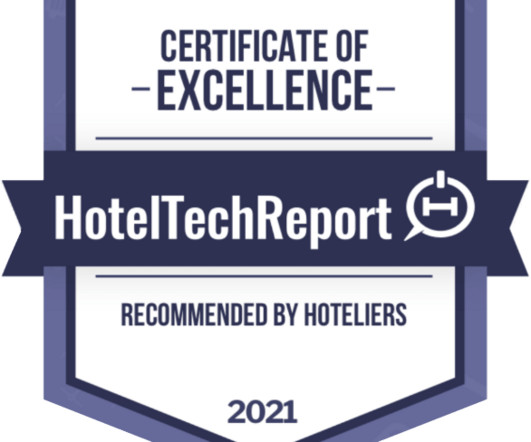




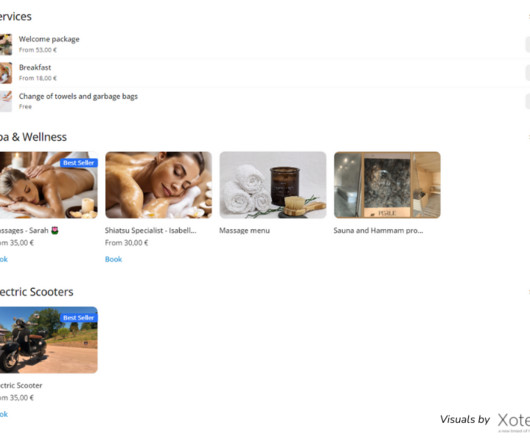
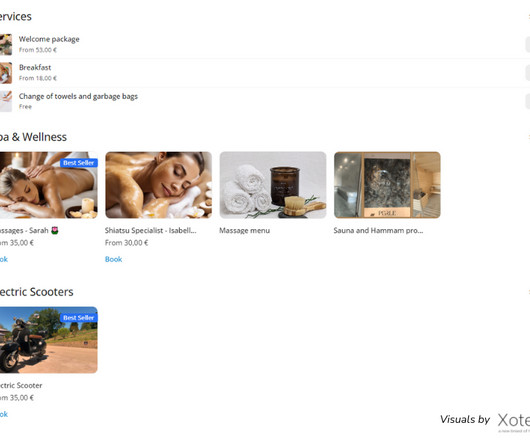
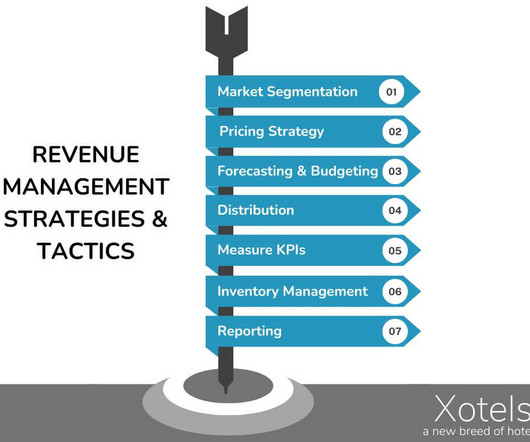



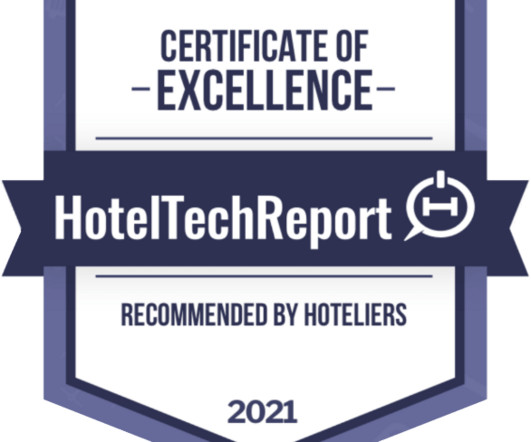









Let's personalize your content